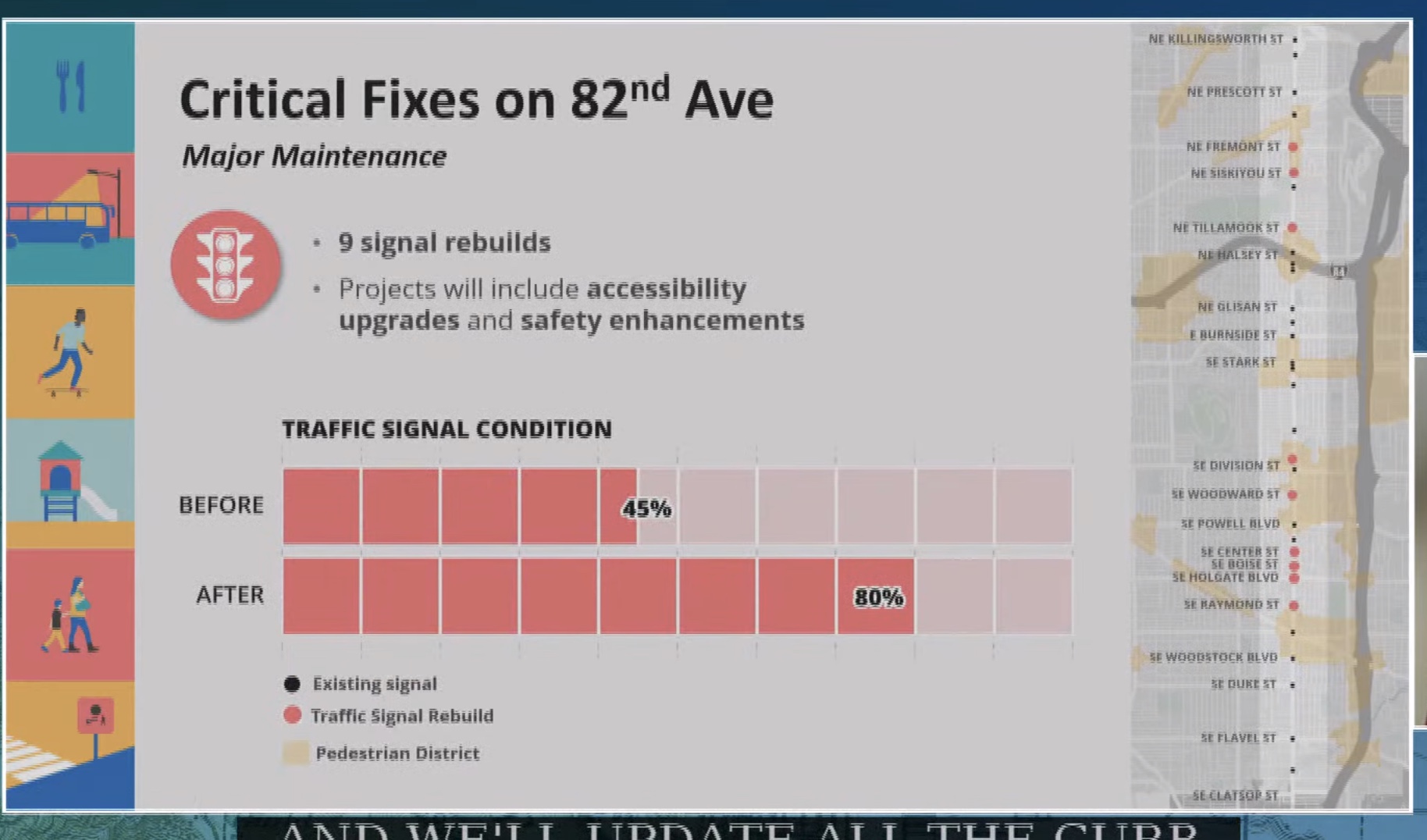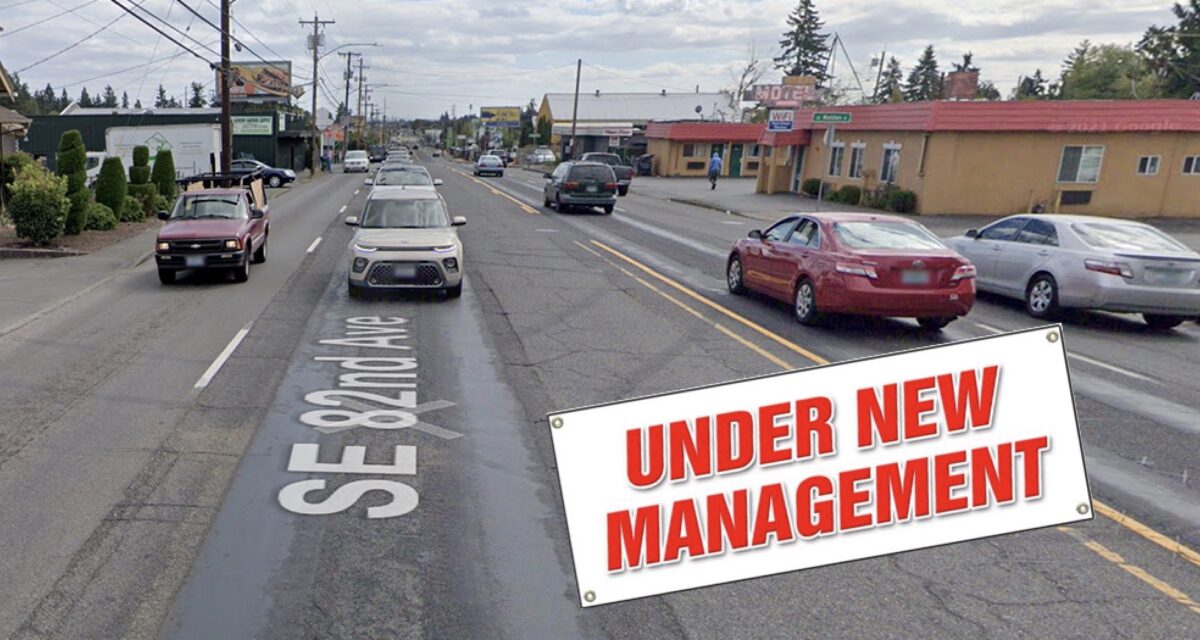Something amazing happened yesterday: Portland City Council voted to support the jurisdictional transfer of 82nd Ave from state to local control.
That means the Oregon Department of Transportation can no longer tell us what we can — or can’t — do with our street in our own backyards.
Jo Ann Hardesty, the commissioner of transportation who lives in the corridor, was ebullient as she introduced the ordinance. “Today is an exciting and historic day in the city of Portland, especially in my neighborhood of east Portland,” she said. “Many people thought we would never see 82nd Avenue transferred to local control… but here we are.”
This transfer has been a hope and dream for many years and it took a combination of the pandemic and the right elected leadership coming together all at the same time for it finally happen. The barrier was always money. ODOT wanted it. PBOT wanted it. Advocates wanted it. Politicians wanted it. But the way transfers work is that a road must be brought up to good condition before a trade is made. And with the vast needs of 82nd — from pothole repair to more safe crossings — that price tag scared everyone away.
Federal pandemic relief funds changed all that. The American Rescue Plan Act (ARPA) kicked in $80 million to make the transfer math work out. That money helped convince ODOT to pitch in $70 million and PBOT $35 million to hit the magic number of $185 million.
But would it have happened without new political leadership in town? Especially leaders like Hardesty and new State Rep Khan Pham, who not only lives along 82nd Avenue but was actively pushing to make it better as an advocate before she was elected? Very likely not.
Advertisement




In testimony at council yesterday Pham forced Mayor Ted Wheeler and other commissioners to hear how devastating the street has been to the people who live around it. “It’s been really dangerous for so many people just merely walking across the street or biking across the street, particularly our youth and elders and people with disabilities as well as immigrants,” Pham said. She and many others used years of tragedies to fuel their advocacy. “This agreement truly is a testament to organizing and refusing to take ‘no’ for an answer.”
What’s important now isn’t how it happened (although it’s an important case study), but that it has happened.
In the coming years we’ll see lots of action on 82nd. PBOT already has a plan for an initial phase of $80 million in updates (the federal funds must be spent by 2026, thus the relatively short timeline) to be built in the next 1-3 years that includes: new streetlights to cover 100% of the seven mile stretch between NE Killingsworth and SE Clatsop, 18 new crossings, nine traffic signal rebuilds, and 3.5 miles of new pavement.
The next phase will be the big discussion about what the future of 82nd will look like. Will we finally make a significant reduction in driving space? Will some sort of bikeway be possible? What about transit? PBOT offered a tiny hint at that last question yesterday when a staffer showed a slide that said they plan to position the project for federal transit funding.
Whatever happens, the future of 82nd — and the places and people around it — looks a lot brighter now. And as we weigh its future, I hope folks keep in mind the voices from PBOT’s new video below that lays bare ODOT’s gross negligence of the street in the past and inspires us to do better in the future.



